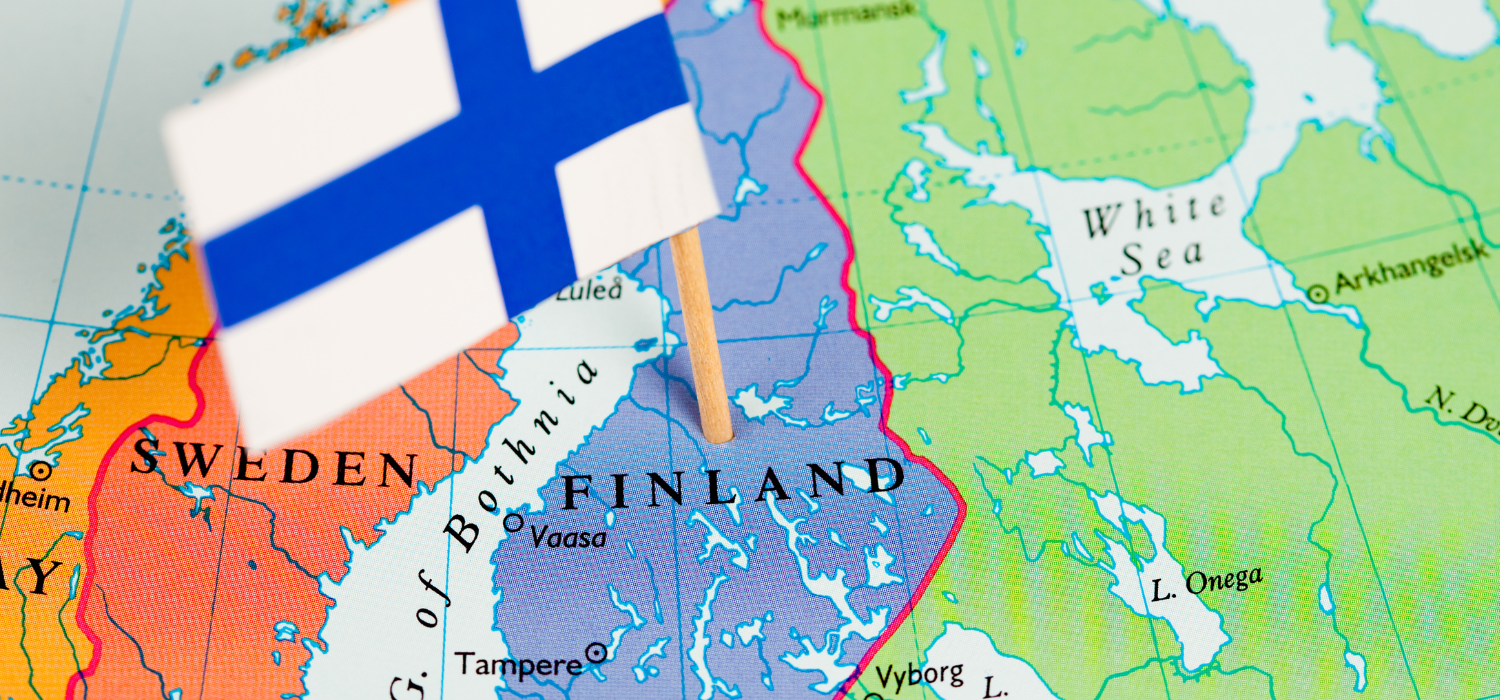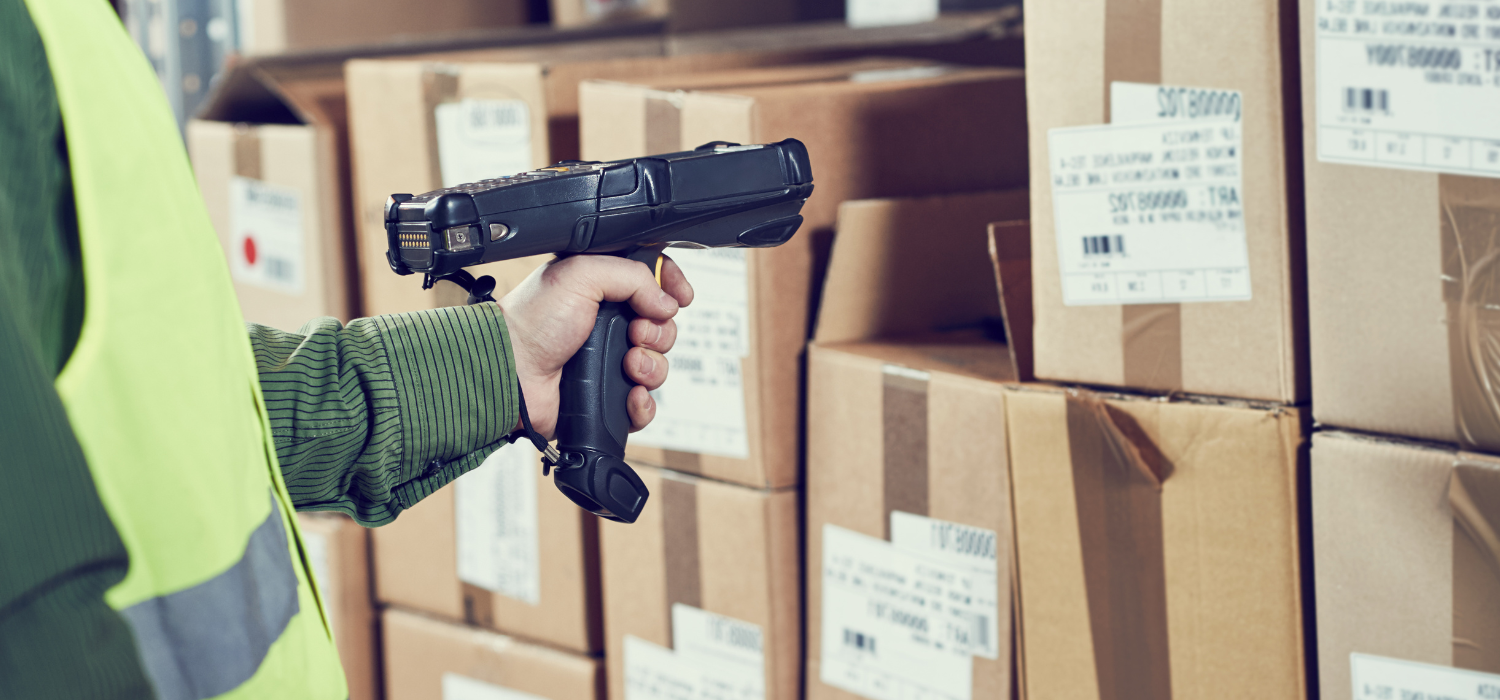November is now the most anticipated month of the year for online shopping fans. The motivation is known by now to everyone: Black Friday, scheduled this year for November 25 and ending only on Monday, November 28, with the equally famous Cyber Monday.
How Black Friday originated
The origins of this event actually date back well before the advent of eCommerce. More precisely, to 1924, when the retail chain Macy’s, in the aftermath of Thanksgiving – a holiday celebrated in the U.S. on the fourth Thursday of November – organized a full-fledged parade in New York to celebrate the start of Christmas shopping.
Why it is called Black Friday
The origins of the term, however, are still ambiguous to this day. Some argue that the term “black” comes from the fact that in those days, storekeepers’ ledgers were filled out in pen using red ink for loss accounts and black for profit accounts. Color that definitely predominated on the registers in the days following the promotions put on the Friday after Thanksgiving.
However, there is also another version, perhaps less poetic but definitely credible, especially in light of the turn that Black Friday has taken in today’s times. According to this version, in fact, the term “black” would derive from the smog caused by the traffic on the roads and the congestion in the stores caused by thousands of consumers attracted by the heavy discounts.
Whether one or the other is the true origin of the term, what is certain is that today Black Friday is a highly anticipated event for consumers and merchants, somewhat less so for the logistics sector, which is having to deal with a great deal of stress generated by an above-average number of orders and increasingly demanding demands, in terms of delivery times, from eShoppers.
All the numbers of Black Friday
Indeed, one only needs to take a look at the numbers to realize the scale of the phenomenon. According to the study conducted by Future Publishing, 76 percent of U.S. consumers are expected to shop on Black Friday 2022, spending a total of about $158 billion. In 2021, 155 million shoppers in the United States took advantage of Black Friday to get ahead with their Christmas shopping by spending $8.9 billion online. As for Italy, the numbers are just as important. According to the survey conducted by SWG for Confesercenti, in 2021 one in three Italians took the opportunity to shop at a discounted price for a total value of 1.7 billion euros.
Italy’s primacy
According to Idealo research, Italy would even be the most active country in Europe when it comes to Black Friday: in 2020, in fact, 58.2% of Italians bought at least one product on this occasion with a 25% increase in online searches. Among the most searched products online in the week leading up to Black Friday 2021, Idealo reported construction games (+32.3%) and sportswear for children and teens. Also on trend were searches for cameras (+51.5 percent), drones (+32.0 percent) and record players (+33.9 percent). But those in the electronics segment are the most anticipated products, including espresso machines (+66.3%), food processors (+50%), ovens (+38.6%), dryers (+35.3%) and dishwashers (+28.9%).
Mobile commerce flies with Black Friday
Against this backdrop, mobile commerce once again proves to be a growing trend: in the U.S. alone in 2021 43% of sales related to “Black Friday” and cyber monday were via smartphones, and by 2022 it is expected that as many as 69.4% of people will buy online from mobile, since buying from smartphones is to date the top option for consumers (eShoppingAdvisor data).
Logistics under stress
As anticipated, Black Friday will therefore be a time of great stress for the entire logistics chain, and to cope with it, merchants can equip themselves in such a way as to reduce the impact of online purchases as much as possible (shrewdness that, by the way, would be good to apply all year round, and not only during the discounts offered by occasions such as Black Friday).
So here are two useful tips for making sales, and therefore purchases, more sustainable.
Two useful tips for a more sustainable Black Friday
1. Reduce the number of returns by supporting consumers in the purchasing stages
Returns are a big problem for the sustainability of the supply chain, especially in times like these when we tend to buy compulsively caught up in the frenzy of discounts, only to realize later that the product purchased is not really for us. A trend that is also confirmed by data: in 2020, according to an analysis by GreenBiz, the cost of returns in the United States reached $550 billion, which is 10 percent of sales and 75 percent more than five years earlier. According to another British study, 25 percent of clothing products purchased online are returned to sellers, and nearly half of eShoppers have made at least one return within a year.
This is a hefty bill not only from an economic point of view, but also and above all from an environmental one, if we consider that each product purchased, delivered and then returned makes an already unsustainable journey twice (last-mile logistics, we remind you, is the most polluting part of the entire logistics process). Thus, fostering correct and conscious purchasing is a win-win for all involved. But how to reduce the number of returns as much as possible? The simplest and most obvious solution is, of course, to assist users as much as possible in the purchasing phase, providing them with all the necessary guidance so that they can complete a correct purchase that, in all likelihood, will not become a return. Modern technologies, such as Augmented Reality, for example, run to the aid of merchants in this regard. But without going too far, a good customer care service will be sufficient to answer all buyers’ doubts. Not to mention that a satisfied customer, who receives a product that lives up to his expectations and has enjoyed a pleasant shopping experience, is undoubtedly a customer who will most likely return to buy from that same eCommerce channel.
2. Favor alternative modes of delivery, such as Locker and Pickup Points
Finally, offering sustainable solutions for both the delivery and eventual return of a product purchased online is certainly an excellent solution that also winks at the demands of the consumer, who is increasingly aware of environmental issues and increasingly looking for solutions that allow him or her greater flexibility and freedom.
In this sense, Locker and Pickup Points can be the solution, always guaranteeing 100 percent of deliveries and thus allowing on the one hand logistics operators to better organize trips, and on the other hand consumers to decide where and when to pick up their order according to their needs. The main advantage for merchants is easy to guess: lower delivery costs also means more users willing to buy and, therefore, more sales and an increase directly in turnover.
In short, a solution that perfectly marries business needs with environmental requirements.
Yes, but how do you integrate a Network of Lockers and Pickup Points to your eCommerce channel?
The answer is very simple: GEL Proximity, the world’s first technology that directly manages the relationship between the checkout and the Proximity solution of choice for the pickup or return of a parcel by integrating over 45,000 domestic and 125,000 international Pickup Points already active. You can connect GEL Proximity using our dedicated libraries and API, or by downloading the module from your eCommerce software’s marketplace. If you are interested in finding out more about our technology and understanding how to implement it to your online store, you can contact us here.






